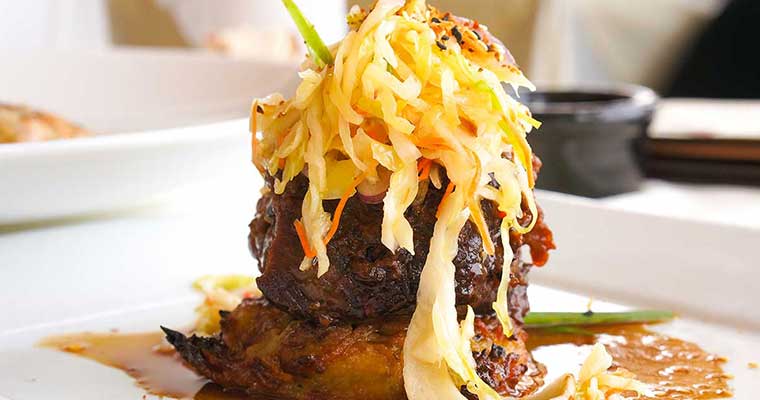Are Vizslas or Ridgebacks Better Pets?
Intro So you like short-haired red dogs? You’ve seen a bunch of photos on the Internet and maybe met a couple Vizslas and Ridgebacks on the streets but you wonder which one is best for you? “For you” is key! There’s really no overall “best”…






































